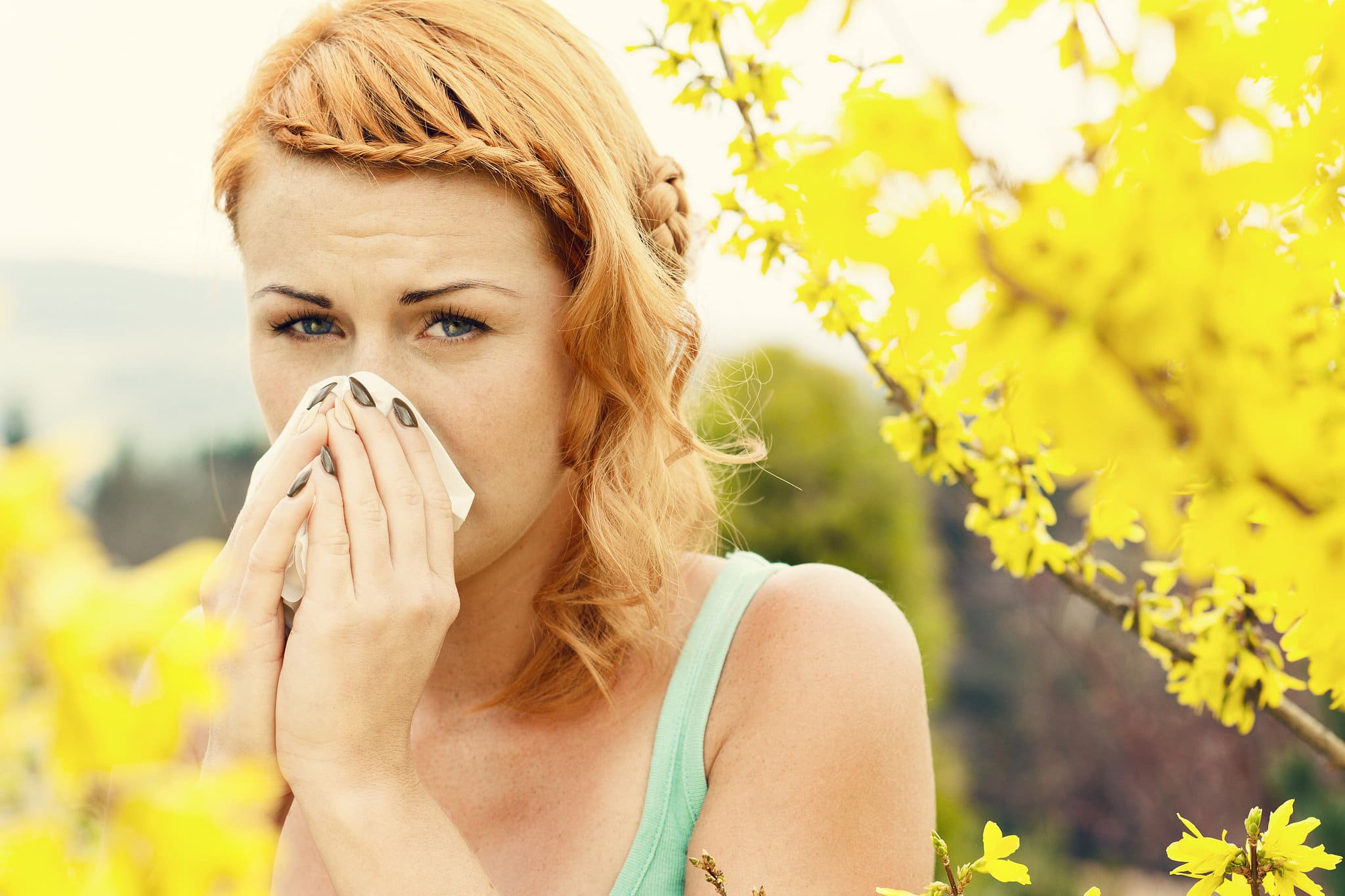Now that spring time is coming, there’s a reason why some people tend to stay indoors: Spring Allergies. To those who have it, they usually experience skin itching. On the other hand, some people will also experience blocking of air passages whenever they inhale pollen, such as those who experience asthma. Whatever experience people have whenever they have spring asthma, only one thing is for sure: The pharmacies will definitely run short on eye drops, anti-histamines and intranasal corticosteroid sprays in just three month’s time.

Unknown to most of us, instead of treating the symptoms by using the usual medications, there are other ways to treat it. The truth is, some Asian medicines and medical procedures are way much better in treating spring time-related allergies than usual medications we are using in order to treat allergies.
Listed below are five unusual ways to treat spring allergies:
- Acupuncture – The traditional Chinese medical procedure when it comes to treating various chronic diseases, acupuncture can also be used in order to treat chronic pain. By inserting needles in various pressure points in the body, acupuncture can be used to balance your body’s ‘chi’ or life force. According to their belief, by balancing the overall life force in the body, diseases such as allergic rhinitis can be treated even without taking expensive medications.
- Acupressure – To those who didn’t know, acupressure is the same with acupuncture, less the needles. Just like acupuncture, acupressure can be used to treat or lessen symptoms related to allergic rhinitis. However, unlike acupuncture, the acupressure’s effects are usually short-lived.
- Ear Acupressure – An acupressure that’s focused in regulating the energy lines in the ear, this technique is used in order to treat various medical conditions such as drug abuse, chronic pain, obesity and insomnia, aside from treating allergic rhinitis.
- Capsaicin Nasal Spray – More commonly known as pepper security spray, capsaicin is actually found in red-hot chili peppers. Once capsaicin is sniffed by those who suffer from non-allergic rhinitis, the substance comes into contact with skin and mucous membranes, therefore leading to burning and stinging heat sensation. Once done, the blocked nasal membrane will then be lessened or minimized.
- Local Honey – Though some doctors usually disapprove using local honey in treating allergies due to the fact that honey comes from pollen, there are instances that it can be used in treating spring allergies, though not anaphylaxis.
